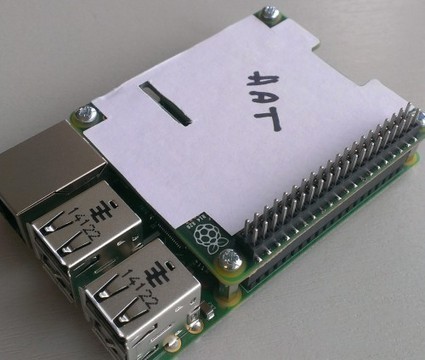
Paul Bartek has done an extensive tutorial on using the PiTFT to display data from a car’s OBD-11 port and also a video which you can see below.

Paul Bartek has done an extensive tutorial on using the PiTFT to display data from a car’s OBD-11 port and also a video which you can see below.

Adafruit has announced the winners of the photography competition it held recently. First prize was won by Andrew Mulholland with the picture below

It’s a great shot and shows just what you can do with the Pi if you put your mind to it. Runners-up and more details can be found on the Adafruit website. A video detailing the winners can be viewed below.

Instructables user fernseher1 has written a full tutorial on creating a handheld Raspberry Pi using a wooden case and an analogue screen. Read it here.
I’ve just finished listening to a webinar starring the Raspberry Pi Foundation’s Eben Upton. In it, he talked about the B+ and all the improvements made to the board during the development process. Afterwards he fielded questions from the audience and a few bits and pieces came up, some of which I’d previously heard, some of which I hadn’t, so I thought I’d share them with you just in case you were unable to attend the session yourself.


James Adams, Director of Hardware at the Raspberry Pi Foundation, has posted to the Foundation blog some official information about HAT (Hardware Attached on Top) boards that will be compatible with the B+. I previously covered this announcement on the 23rd July when the specs were in progress. Read the Foundation’s blog here or view the specs on GitHub here.

Hussam Al-Hertani on his blog Hertaville has written a tutorial and given sample code for controlling the GPIO from within the Qt4 programming language. You need to install Qt in order to do it, but all that’s covered by the tutorial. Read it here.